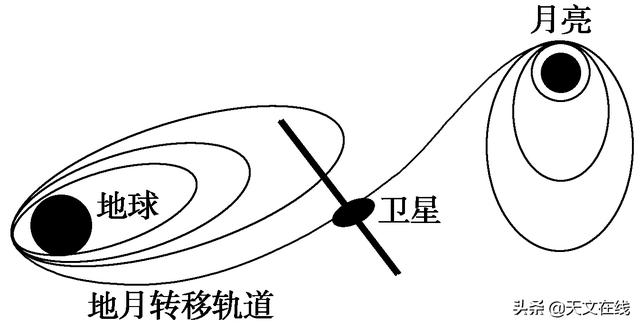英语语法中根本没有同谓语!哈哈……
只有同位语!

同 位 语 从 句
典型例子:
1. John,my old friend, came this morning.
2. I have no idea what he is doing now.
3. The question who should do the work requires consideration
定语从句与同位语从句都可位于名词之后,而且都可用 that, when, where, why, who等词引导,但它们是两种性质完全不同的从句,不可混淆。
区别:
一、 定语从句是形容词从句,其作用相当于一个形容词,是用来修饰前面的名词或代词的;同位语从句是名词从句,其作用相当于一个名词,是对前面的名词作进一步解释的。
1. We heard the news that he had told her. 我们听到他对她说的消息。
2. We heard the news that he had won the game. 我们听到消息他赢得了比赛。
二、定语从句的引导词在从句中充当一定的成分,可作主语、宾语、状语等
同位语从句中的引导词在从句只起连接作用,不作任何句子成分。
1. A plane is a machine that can fly.
2. The fact that they didn't finish the work has to be faced.
三、引导定语从句的关联词在从句中作宾语或状语时,可以省略或被其他词代替;
同位语从句的引导词一般不能省略,更不能被代替。
1. The news (that) she heard is true. 她听到的消息是真的。
2. The news that she will go abroad is true. 她将出国这消息是真的。
3. The reason (why =for which或 that)he was chosen remains unknown. 他为什么被选上的原因还是不清楚。
4. The idea why he was chosen attracted our attention. 他为什么会被选上,这一想法引起我们的注意。
四、而同位语从句一般都与抽象名词同位,一般没有复数形式,如:news, fact, promise, idea, word(消息), message, hope, truth, answer, proposal, suggestion, order, information,conception,notion,ability, advice, belief, doubt, discovery, , fear, , possibility, problem, question, story, theory, thought。
1. The possibilities that she was offered seemed very great.她得到的可能性似乎大些。
2. Her mother was worried about the possibility that her daughter dislike to go to school.
五、when, where, why, how, who, whom, which 如果引导定语从句, 它们分别指前面先行词所表示的时间、地点、原因、方式、人和物,否则引导的就是同位语从句。
I still remember the day when he was killed. 我还记得他被害的那一天。
I have no idea when he was killed. 我不知道他什么时候被害的。






